Easter: March 25-29 | Passover: April 23-30
“Everyday for more than a millennium, since the time of Moses, the priests had offered sacrifices for the sins of God’s people at the third hour and the ninth hour—at dawn and at three in the afternoon.
And each year since the time of Moses, Israel had celebrated Passover, and the priests had offered the daily sacrifice at three in the afternoon before Shabbat and the Feast of Unleavened Bread.
Now all those offerings came to one great, final conclusion as God’s Lamb, presented to the people as He rode into Jerusalem on lamb-selection day, was offered at the exact hour of the last sacrifice of Passover.”
(Echoes of His Presence, Ray Vander Laan, Focus on the Family, Colorado Springs, Colorado)
Quite a few years ago, those words by Ray Vander Laan touched me deeply. I pictured Jesus riding on the donkey, into Jerusalem, on lamb-selection day and that fact, brought me to my knees, overwhelmed. God is amazing and His covenant is specific and provable. He has never detoured from His plan to bring us into His Kingdom.
“The spiritual does not come first, but the physical and then the spiritual.” – 1 Corinthians 15:46
Your body, the natural, was formed, then came life, the spiritual. This same formula is applied to the link between the Jewish Passover and the Christian Easter. Understanding the principles of Passover uncovers the riches of Easter.
Passover
Passover is the most ancient of Jewish festivals. For seven days in Israel Passover celebrates the deliverance of the children of Israel from bondage in Egypt (Exodus 12:13) They were slaves before Pharaoh let them go.
Easter proclaims the freedom found when Jesus rescues the sinner from the bondage of sin. “My chains fell off, my heart was free, I rose, went forth, and followed Thee,” Charles Wesley wrote. (Hymn: ‘And can it be I should Gain’) Am I showing my age with that illustration?
Jesus made salvation available by the shedding of His blood, a gesture directly linked to ancient traditions. The word ‘blood’ appears 346 times in the Old Testament (KJV translation), and 101 times in the New Testament, according to research published by Angelfall.com
It helps to understand the season of Passover is closely identified with the Jewish feast of Unleavened Bread held in spring to symbolize the beginning of new life.
“God is amazing… He has never detoured from His plan to bring us into His Kingdom.”
Every year Jews remember they were redeemed from Egyptian slavery by slaughtering an unblemished lamb. Jesus is called our Passover. The Apostle Paul who studied under the great Jewish sage Rabbi Gamaliel, wrote, “Messiah, our pesach (Passover), has been sacrificed for us” (1 Corinthians 5:7). John the Baptist referred to Jesus as “the Lamb of God who takes away the sin of the world.” (John 1:29) He died in Jerusalem at Passover time.
When Jews celebrate Passover they share in the Seder (meaning ‘order or arrangement’ in Hebrew). They recall Abraham, Isaac and Jacob and the suffering in Egypt of their people. The miracle of their redemption by the parting of the Sea of Reeds is
joyfully acknowledged.
Until recently, reclining was preferred during the Seder. Resting on the left side, gave freedom for the right hand to handle food and drink. Reclining was regarded as a form of freedom and equality. No one sat at the head of the table. It was a communal affair.
Wine is a symbol
Wine is a symbol of joy and happiness and four cups of wine are served.
Why four cups?
“The accepted explanation is that these four cups symbolize the four expressions of redemption that are found in the Book of Exodus: ‘I will bring you out….I will deliver you…I will redeem you…I will take you to me for a people.” (Passover, Keter Books, Jerusalem)
During the Last Supper Jesus lifted the third cup of wine. The disciples had eaten the Passover lamb, the unleavened bread and the bitter herbs. This cup came after the meal. Paul wrote, “…after the supper he took the cup, saying ‘this is the cup of the new covenant in my blood, which is poured out for you.” (1 Corinthians 11:17-34) It was the third cup, the cup of redemption. He is the perfect sacrifice. He knew it. His followers must have pondered the mystery of His words.
Right at the end of the Seder, comes an incredible event. It involves the ‘afikomen’ a Greek word meaning dessert. The afikomen is matzah, a bread made with flour, water and salt. It can be round, square or rectangular but it is flat and quite crisp. Three pieces of the afikomen are covered by a cloth. The host takes the middle piece, breaks it in half, replaces one piece under the cloth but hides the second portion earlier.
Within Ashkenazi groups, children at the Seder are invited to find the hidden piece. the winner is rewarded. Maybe this game was designed to keep the youngsters awake!
Consider the matzah, striped and pierced, even to this day. He was pierced and striped for our sins. (Isaiah 53:5) Even the Afikomen, which was hidden for a moment, reminds us of the Lord who made Himself known to us, and brought us to the Father and brought us eternal freedom, a reward to be treasured.
His word is life
“Truly, truly, I say to you, it was not Moses who gave you the bread from heaven, but my Father gives you the true bread from heaven. For the bread of God is He who comes down from heaven and gives life to the world.” ‘They said to him’, “Sir, give us this bread always.” ‘Jesus said to them’, “I am the bread of life; whoever comes to Me shall not hunger, and whoever believes in Me shall never thirst.” – John 6:32-35

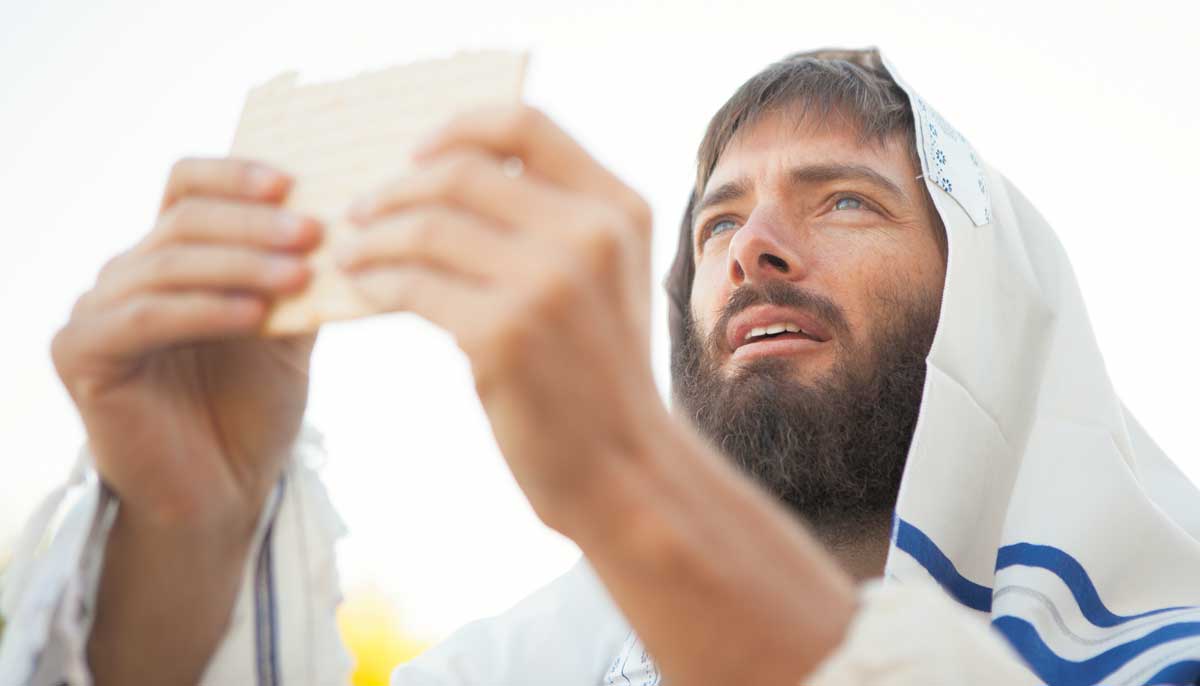
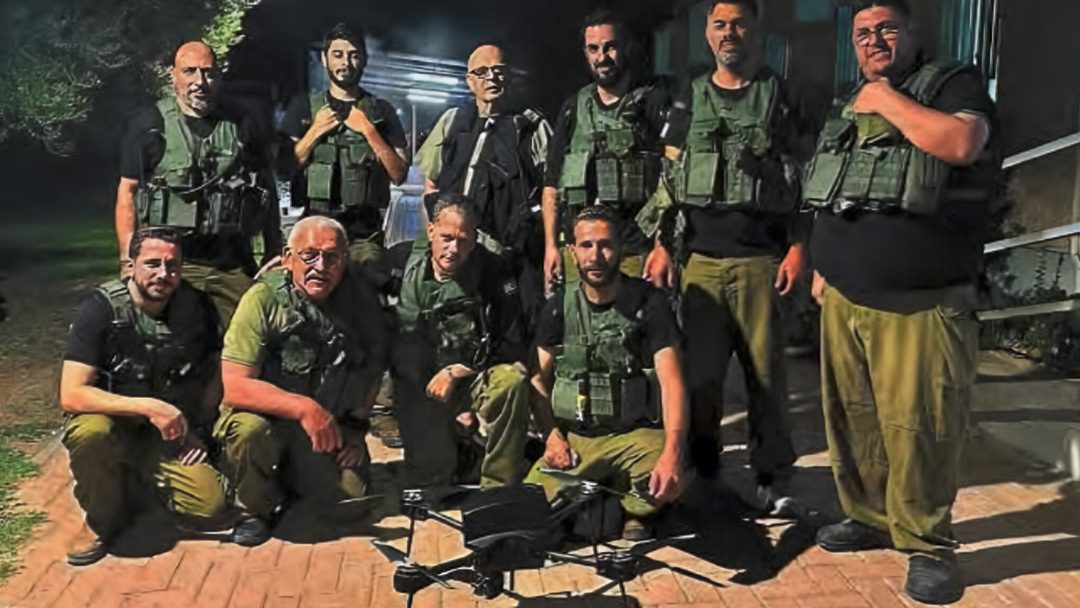
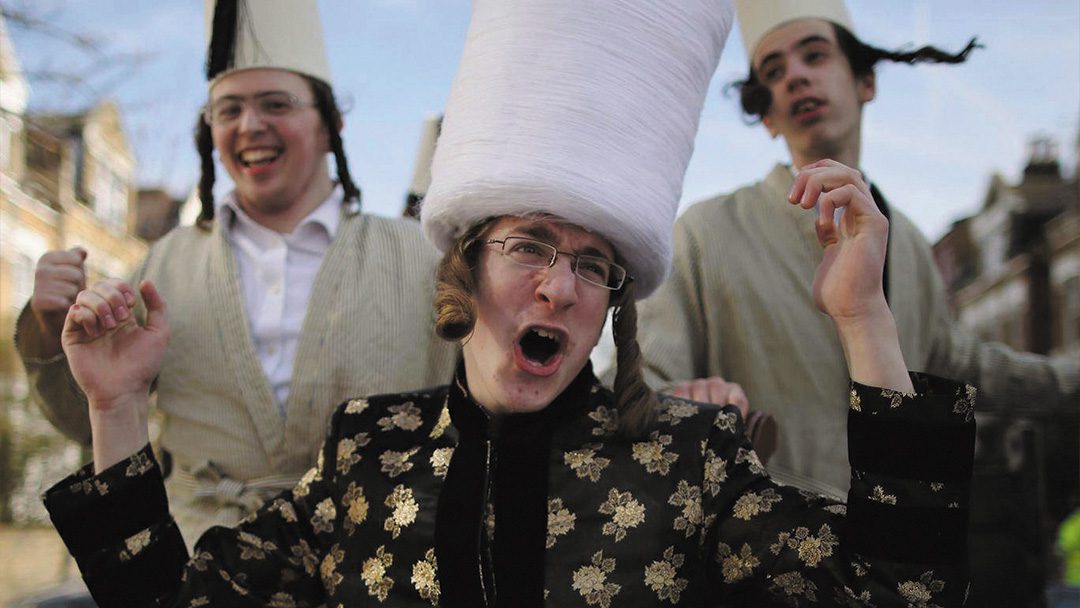
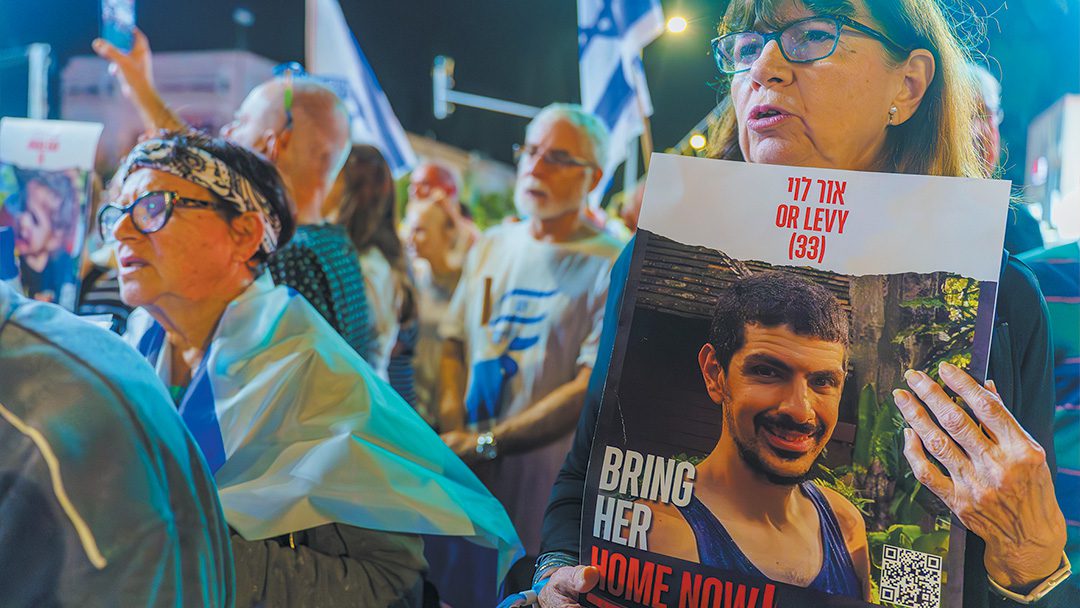

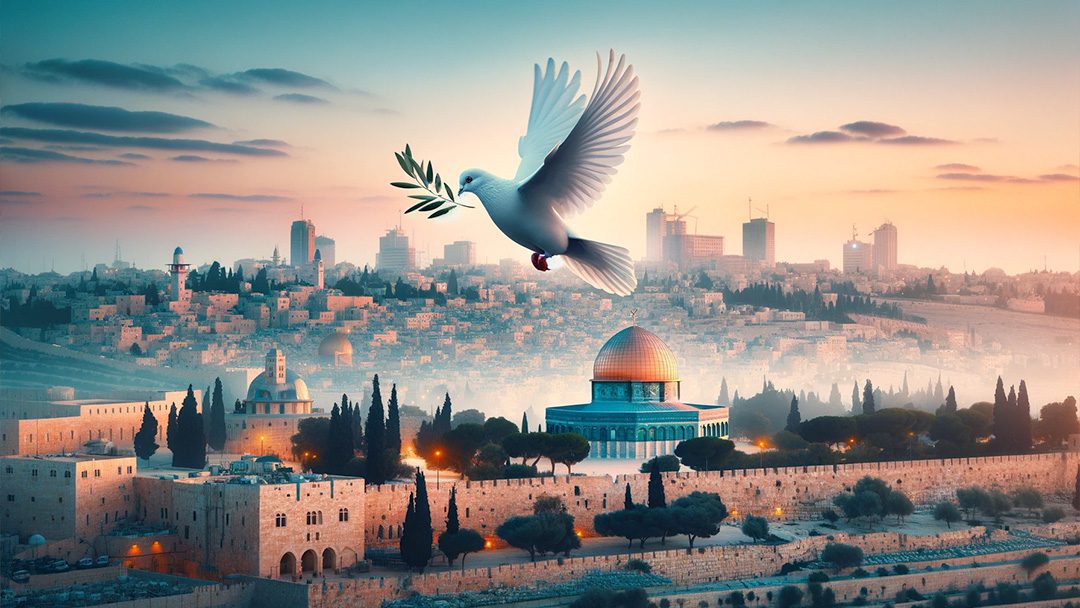
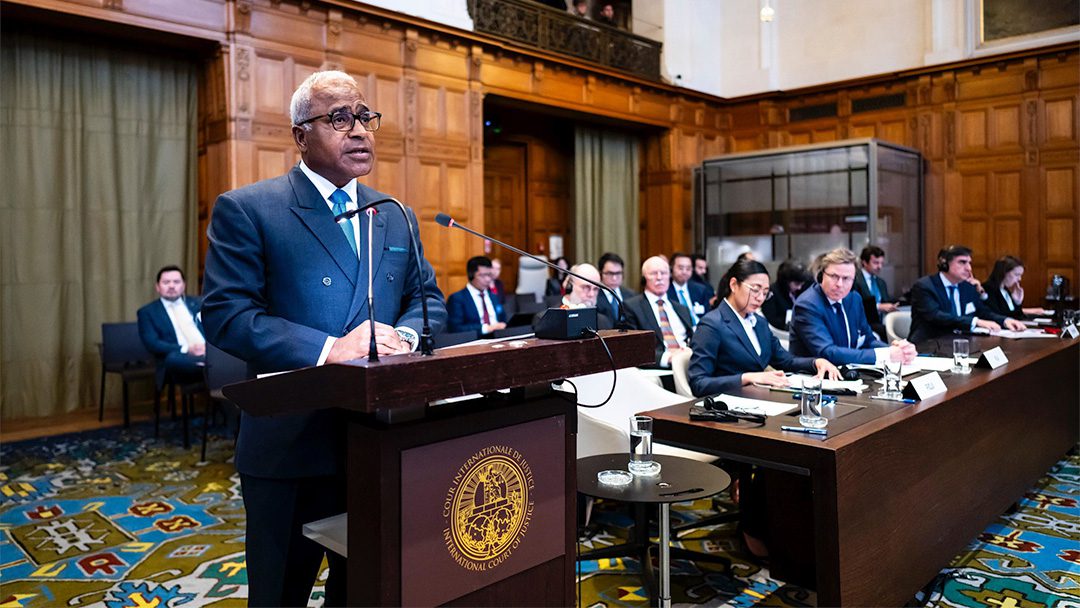

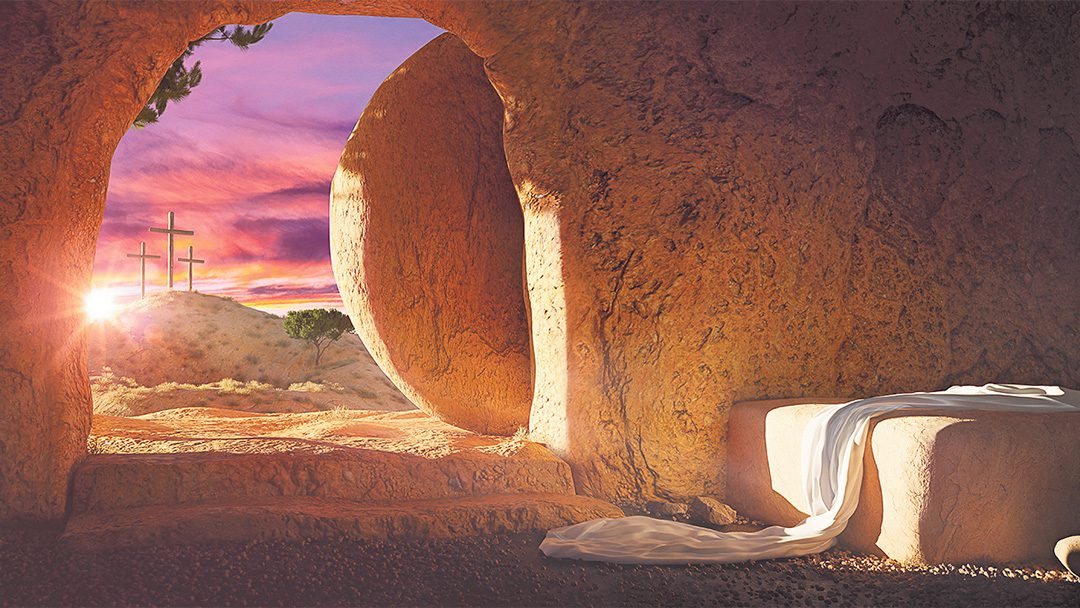
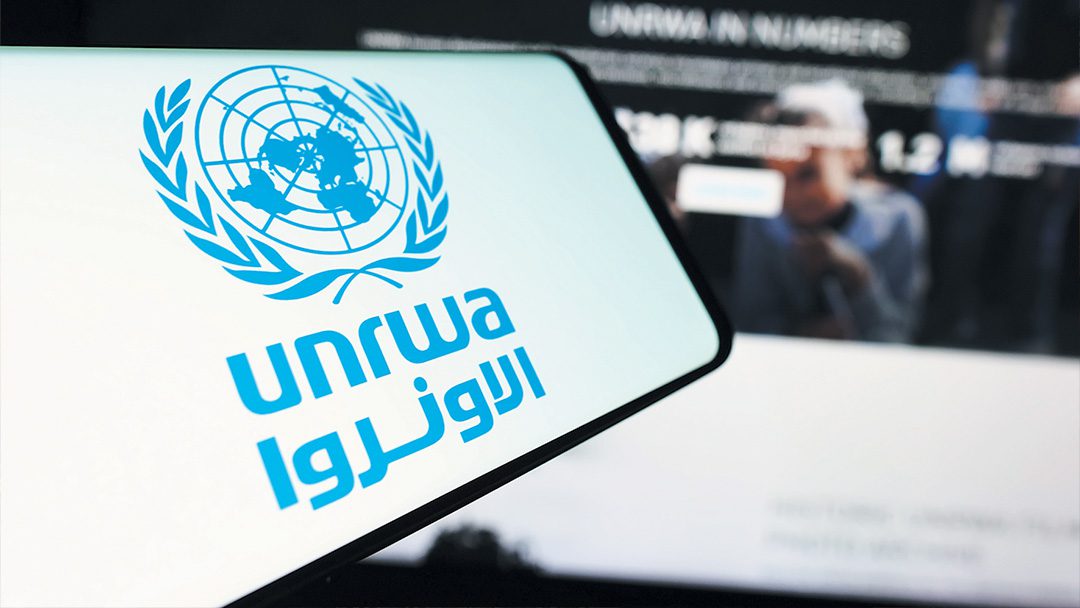

0 Comments